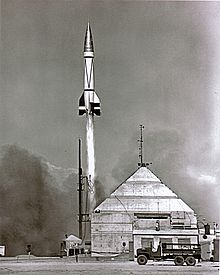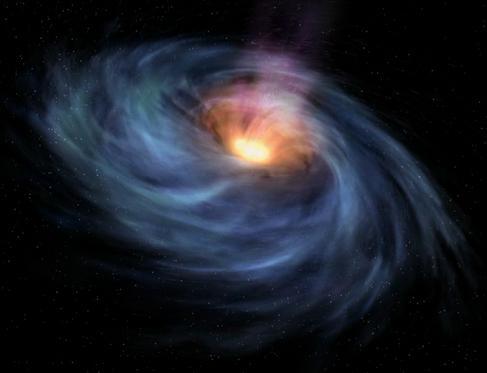Water have been detected on the moon as crystalline mineral. Samples from the lunar highland obtained during the Apollo missions, according to a University of Michigan researcher and his colleagues.
The lunar highlands are thought to represent the original crust, crystallized from a magma ocean on a mostly molten early moon. The new findings indicate that the early moon was wet and that water there was not substantially lost during the moon's formation.
The lunar highlands are thought to represent the original crust, crystallized from a magma ocean on a mostly molten early moon. The new findings indicate that the early moon was wet and that water there was not substantially lost during the moon's formation.
Liquid water cannot persist at the Moon's surface, and water vapour is decomposed by sunlight, with hydrogen quickly lost to outer space. However, scientists have since the 1960s conjectured that water ice could survive in cold, permanently shadowed craters at the Moon's poles.
Water may have been delivered to the Moon over geological timescales by the regular bombardment of water-bearing comets, asteroids and meteoroids or continuously produced in situ by the hydrogen ions (protons) of the solar wind impacting oxygen-bearing minerals.



















